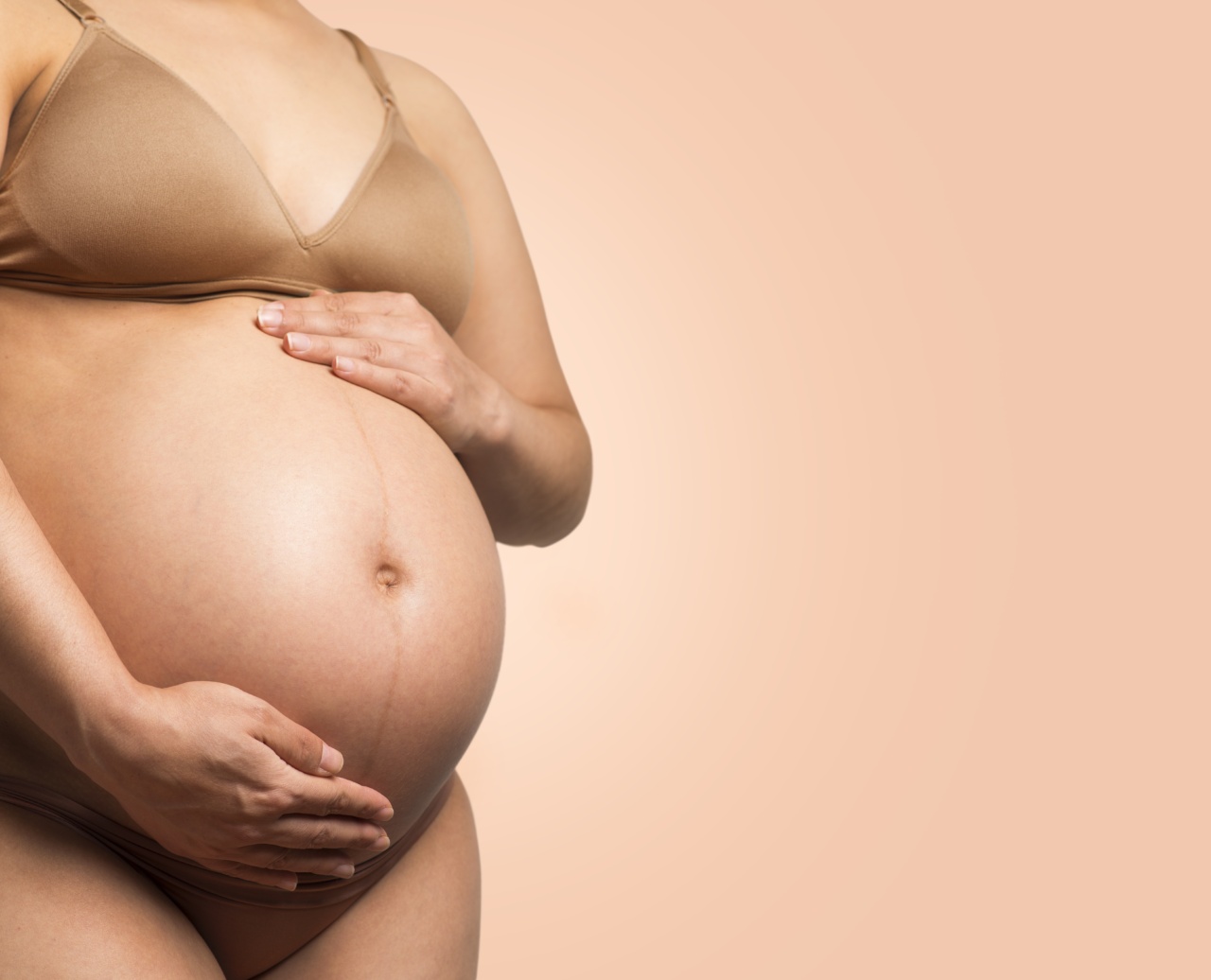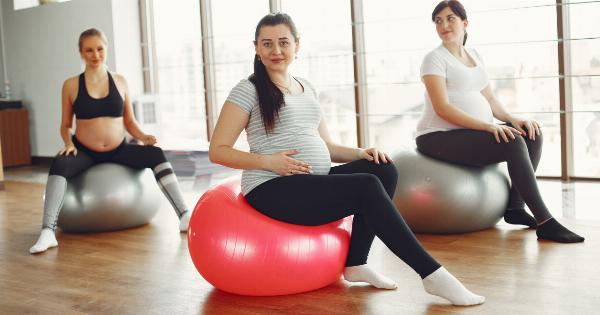Pregnancy is a beautiful and transformative journey for women. Over the course of three trimesters, the body undergoes numerous changes to support the growth and development of a baby.
These changes vary in each trimester and can affect both the physical and emotional well-being of the expectant mother. Understanding these changes can help women better manage the challenges that come with pregnancy and ensure a healthy and positive experience.
The First Trimester: Creating the Foundation
The first trimester marks the beginning of pregnancy and is often accompanied by various symptoms, such as fatigue, breast tenderness, and morning sickness.
Hormonal changes, specifically the rise in progesterone and estrogen, can contribute to these discomforts. The body also starts producing more blood to nourish the developing fetus, leading to increased blood volume.
In addition to these symptoms, there are a few key physiological changes that occur during the first trimester:.
1. Implantation and Early Embryonic Development
During the first few weeks of pregnancy, the fertilized egg implants itself in the uterine lining. This process is critical for the continued development of the embryo.
It is common for women to experience light spotting or mild cramping during this stage.
2. Changes in Breasts
As pregnancy progresses, the breasts become more sensitive and may increase in size. The body prepares for breastfeeding by developing milk ducts and mammary glands.
3. Cardiovascular and Respiratory Adjustments
The heart and lungs work harder during pregnancy to supply oxygen and nutrients to the growing baby. The heart rate and blood volume increase, while the respiratory rate becomes slightly elevated.
The Second Trimester: Blossoming and Bonding
The second trimester is usually referred to as the “honeymoon phase” of pregnancy. Most early pregnancy symptoms, like nausea and fatigue, often subside, and many women experience increased energy levels and a sense of well-being.
This trimester is also characterized by visible physical changes.
Here are some of the notable changes that occur during the second trimester:.
4. Baby Bump and Weight Gain
As the baby grows, the uterus expands and becomes more evident. The belly starts to protrude, and women may experience weight gain. It is essential to gain weight within the recommended range to support a healthy pregnancy.
5. Increased Energy and Reduced Discomfort
Many women experience a surge in energy during the second trimester. The previous symptoms, such as morning sickness, tend to diminish. However, other discomforts like backaches and stretch marks may arise.
6. Hair and Nail Growth
Pregnancy hormones can promote hair and nail growth, leading to thicker and stronger hair and nails. Many women notice changes in their hair texture and thickness during this trimester.
The Third Trimester: Preparing for Arrival
The third trimester is the final stretch before giving birth. The body further adapts to accommodate the growing baby and prepare for labor. While excitement about meeting the baby builds up, physical discomforts and emotional fluctuations may intensify.
Here are some of the key changes experienced during the third trimester:.
7. Braxton Hicks Contractions
The body prepares for labor by practicing contractions known as Braxton Hicks contractions. These contractions are typically irregular and serve as a way to tone and strengthen the uterine muscles.
They are usually not as intense or painful as true labor contractions.
8. Increased Pressure and Discomfort
The growing baby puts pressure on various organs and structures, leading to increased discomfort. Backaches, pelvic pain, and shortness of breath may become more pronounced during the third trimester.
9. Swelling and Fluid Retention
Many pregnant women experience swelling, especially in the lower extremities, due to fluid retention. This is a normal change caused by an increase in blood volume and pressure on blood vessels.
10. Emotional Changes and Nesting Instinct
Preparing for the arrival of a baby can evoke a range of emotions, including excitement, anxiety, and nesting instincts. Many women experience a surge in energy and a desire to organize the home and baby’s environment.
Managing Body Changes during Pregnancy
While each trimester brings its own set of body changes, there are several ways women can manage these changes and promote a healthy pregnancy:.
– Eat a balanced diet rich in nutrients to support the growing baby and maintain overall health.
– Engage in regular prenatal exercise to strengthen muscles, improve flexibility, and boost mood.
– Practice good posture and use proper body mechanics to alleviate back and joint pain.
– Stay hydrated and elevate swollen feet whenever possible to manage fluid retention.
– Seek emotional support and communicate feelings with loved ones or healthcare professionals.
By understanding the body’s changes during each trimester and adopting healthy habits, women can optimize their well-being and embrace the transformative journey of pregnancy.




























